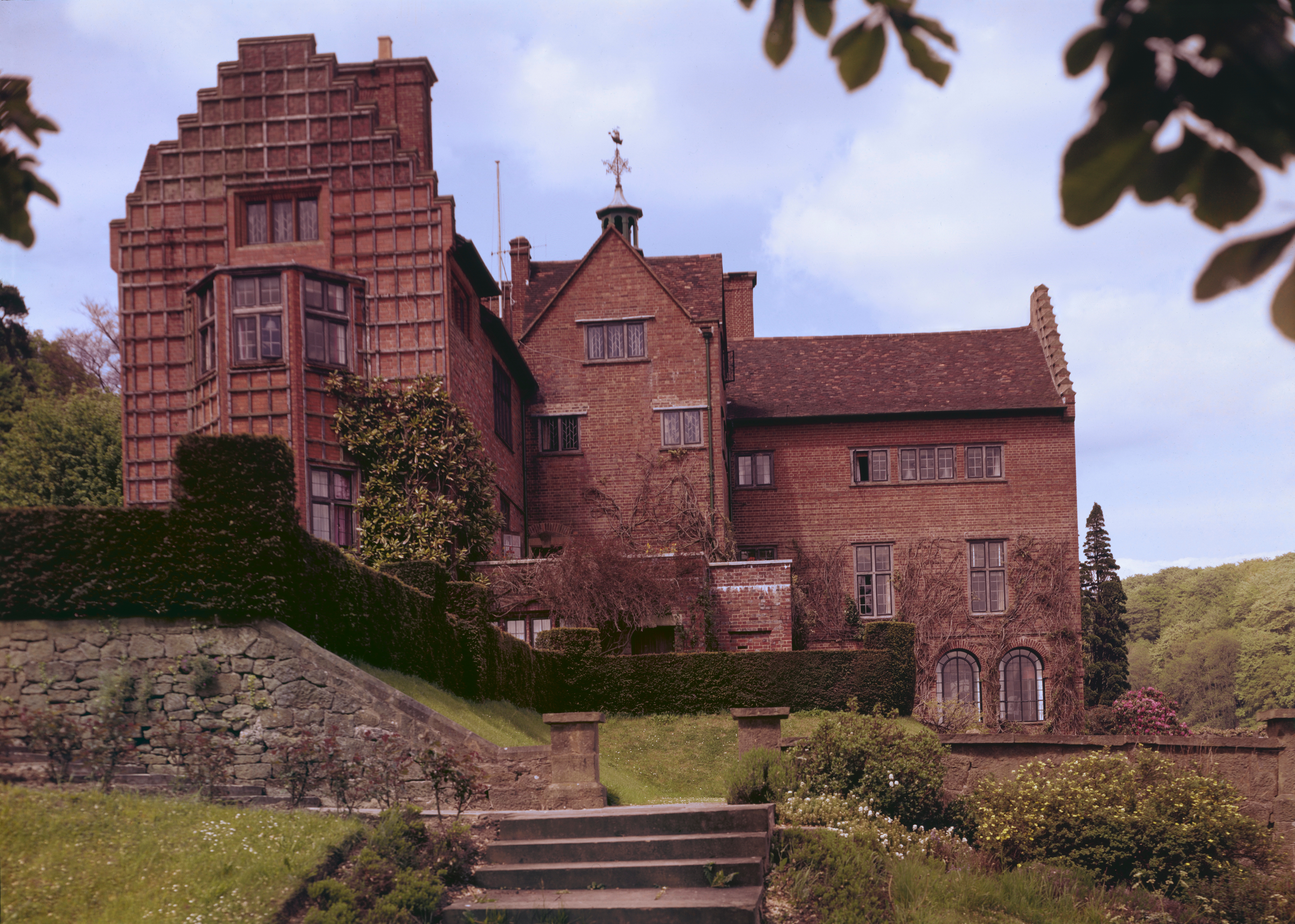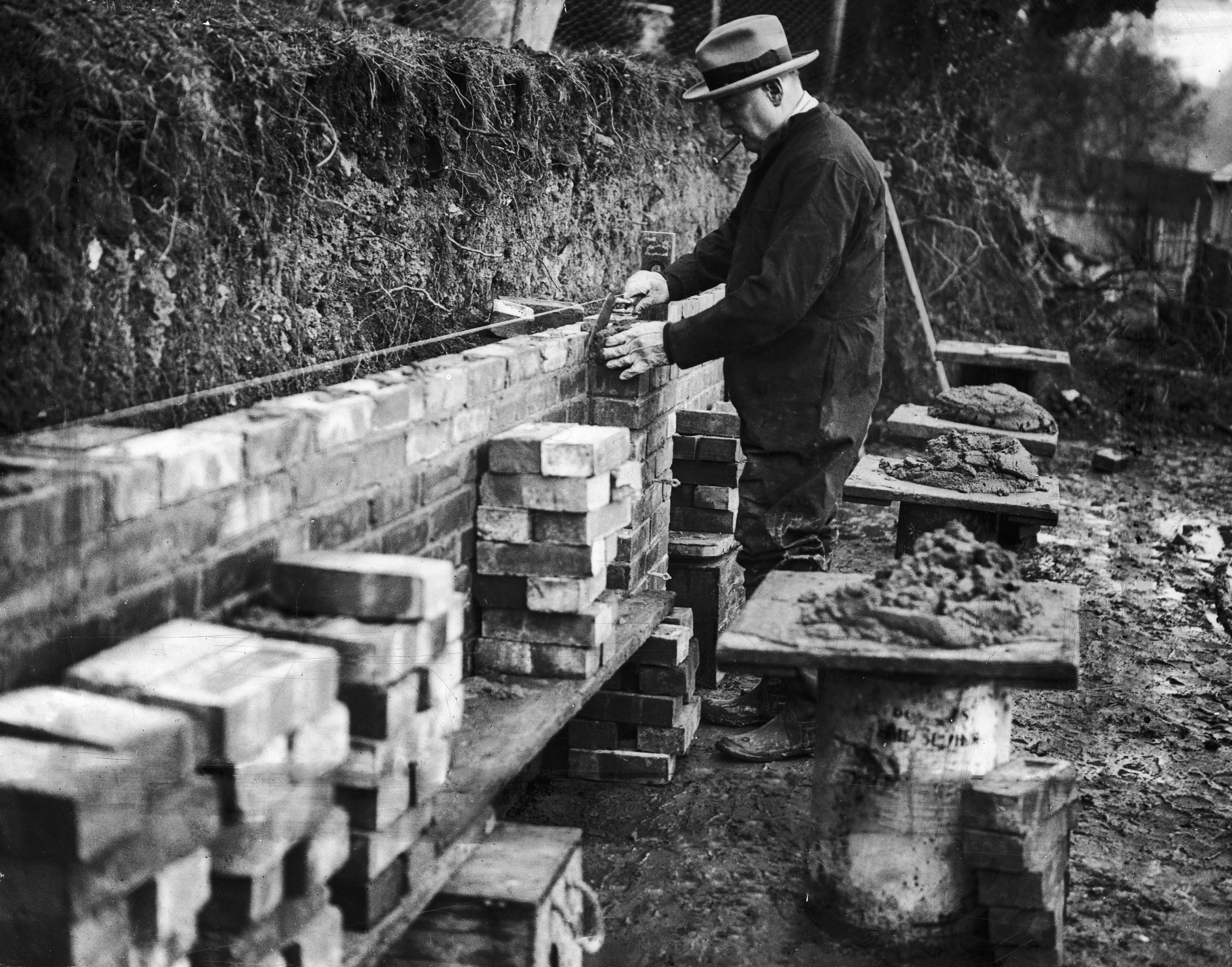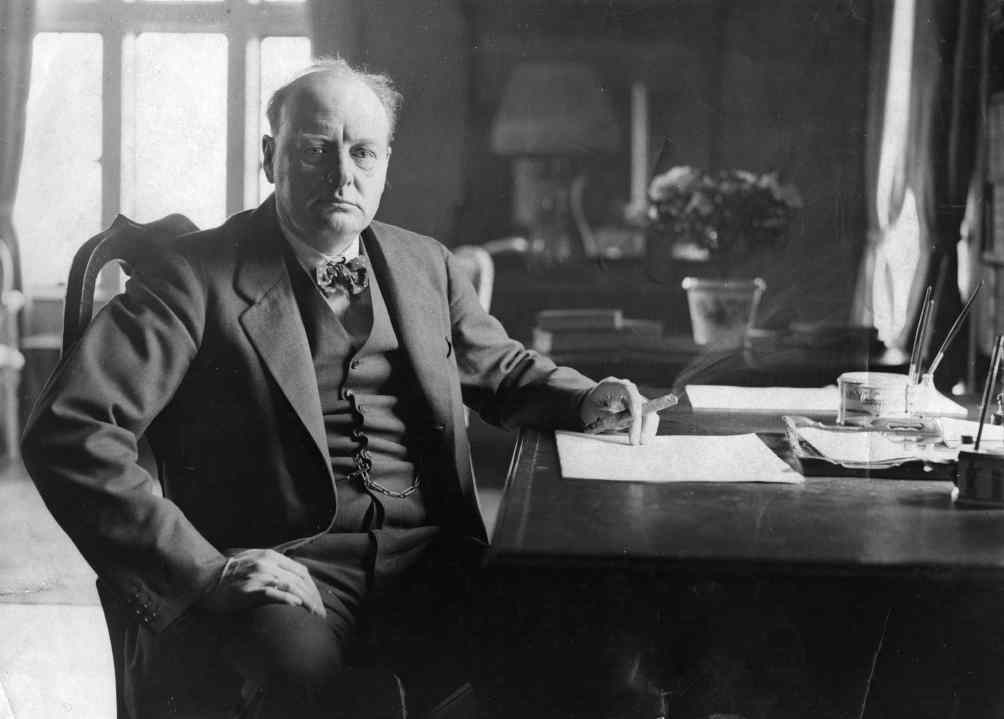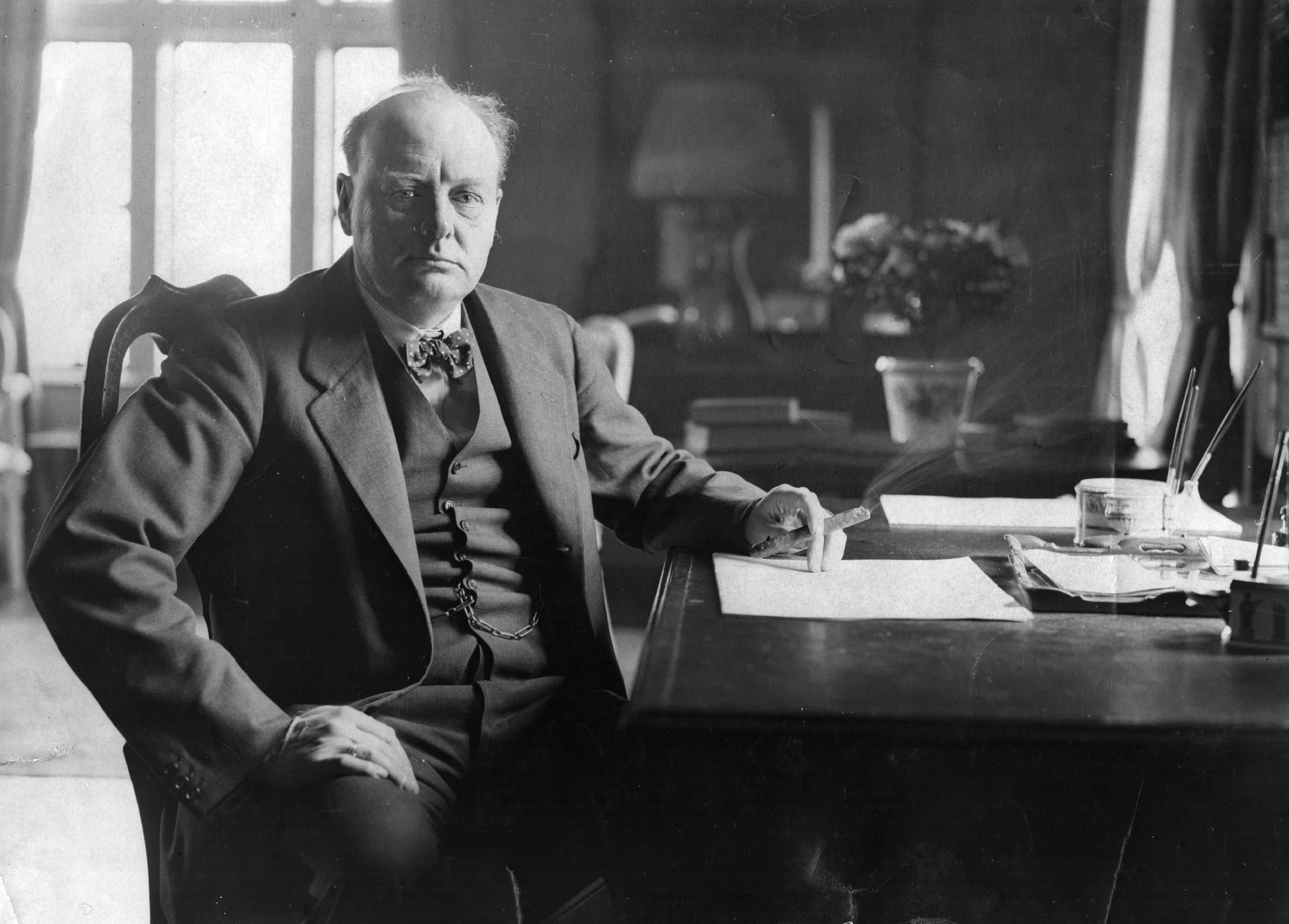A short train journey from London, in the outer reaches of suburbia in Kent, sits the house that saved the world. Or rather: it’s the house that saved the man who saved the world.
The property in question, of course, is Chartwell, which 100 years ago this month was bought by a certain Winston Churchill, then a Liberal MP. Back then his career was in ascendance: in 1924, with Churchill having crossed the floor, Stanley Baldwin made him Chancellor, a post he retained until 1929. But then, rather suddenly, he was out in the cold.
That was when Chartwell – and the 81 acres it sits in – came to the rescue. And that’s why this not particularly beautiful property, once described as a ‘Victorianised Elizabethan manor house’, is deserving of attention today.

‘Chartwell was a very absorbing, and expensive, pastime’
This is the house which fortified, enthralled, inspired and resuscitated Churchill during those long years of his political wilderness, which lasted from 1929 right through until he was appointed First Lord of the Admiralty in 1939, and the years when he suffered from the ‘black dog’ of depression. It was under this roof that Churchill sowed the seeds for his political recovery – and the recovery of the world from the dark shadow of Nazism in the 1940s.
While house guests at Chartwell included the Queen Mother, Albert Einstein, Lawrence of Arabia and Charles Chaplin, most of the time it was family and political figures and allies sitting at the long dining table. ‘Come to Chartwell,’ Churchill would say, ‘you’ll find us all bunged up with brats.’ Among those brats was Churchill’s niece Clarissa, who would later occupy No. 10 as the wife of Anthony Eden. When I interviewed her a few years back, she said that going to Chartwell in the 1930s was like going to a place of exile. But it was Churchill’s exile – a place where he talked, thought, learned and asked questions, forming what the diplomat Robin Fedden referred to as his own ‘little Foreign Office… hub of resistance’ in the years of Appeasement.
The house and its upkeep almost broke him financially, though it seems his wife Clemmie worried more about finances than he did. Having bought the old manor house for £5,000, the Churchills spent thousands more renovating it (Churchill estimated the total cost of acquisition and fixing up to be £20,000) and curing it of dry rot, as well as landscaping the gardens – creating a kind of bourgeois version of Blenheim, where Churchill was born in 1874, in the heart of Kent. As Roy Jenkins remarked in his biography of WSC: ‘Chartwell was a very absorbing, and expensive, pastime.’ Especially for an MP who was paid just £400 a year. As a result Churchill came close to selling it in 1938, before being bailed out by rich pal.
Yet this house offered its own riches in the form of literary inspiration: in the study at Chartwell (which you can see today if you visit, reportedly unchanged) Churchill wrote the best part of 40 books, prompting the historian Peter Clarke to describe Chartwell as ‘Winston’s word factory’. And what words they were. As John F. Kennedy put it, Churchill ‘mobilised the English language and sent it in to battle’.
One can only presume that it was at this standing, sloped desk, or lying in bed with a morning cigar, or dabbing at an easel overlooking the ponds in the garden, that many of those words and the easy cadences and oratorial flourishes that punctured the Nazi war machine and galvanised a worldwide coalition against it were formed. Was it under this roof that he contemplated the blood, toil, tears and sweat of the accepting the premiership in May 1940? Almost certainly. The study at Chartwell, then, is arguably the most important man-cave in history.

What we can be certain of is that while living here Churchill came to understand the emerging threat of Nazi Germany and reached the realisation of the necessity of recruiting the United States to join in the fight against fascism. At a dinner party at Chartwell in 1933, where one of Franklin Roosevelt’s sons, James, was a guest, Churchill instituted a game in which he asked guests to reveal their greatest wish. When it was his turn, Churchill declared: ‘I wish to be prime minister and in close and daily communication by telephone with the president of the United States. There is nothing we could not do if we were together.’
So Chartwell saved the man who saved the world, by giving him that refuge and fuelling his passions through his hardest years. It was here that he delighted in laying bricks for the cottage he built in the garden and pouring out words for his books.
And all of this is why it’s worthy of recognition, and a visit, in case you’ve not been. You won’t be overawed by its architectural majesty – the National Trust says as much on its website, noting it’s Grade I-listed for historical significance rather than because of the building itself. But the view of the unspoiled Kentish valley which so enthralled Churchill will capture your imagination. As the great man said himself: ‘A day away from Chartwell is a day wasted.’
If you haven’t already, stick it in the sat nav and give it a day of your life. Marvel at its grand suburban interiors, unpalatial yet stately and reminiscent of the inside of the Royal Yacht Britannia. Enjoy Winston’s ponds and gaze at the cottage he so proudly built himself, brick by brick. Enjoy his paintings that decorate the house. Monet they are not – but they and what went into them are worthy of our attention.







Comments